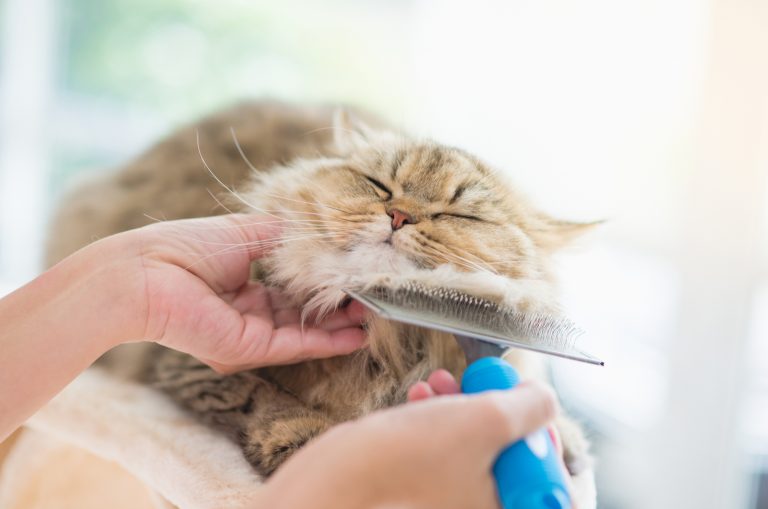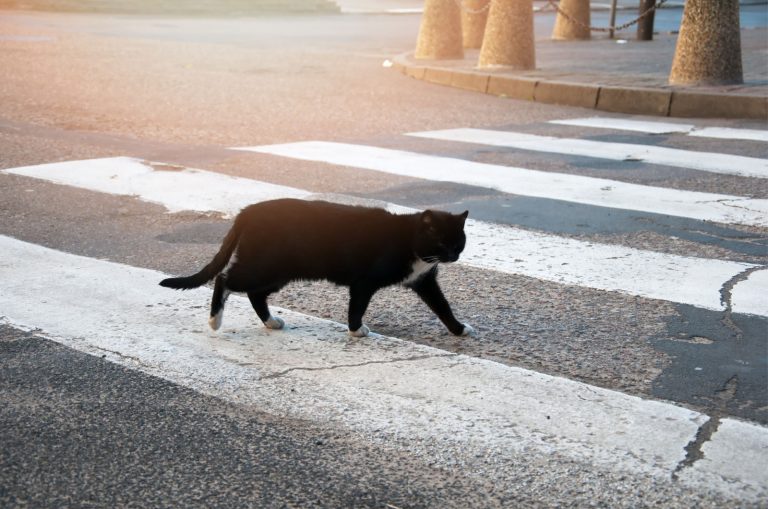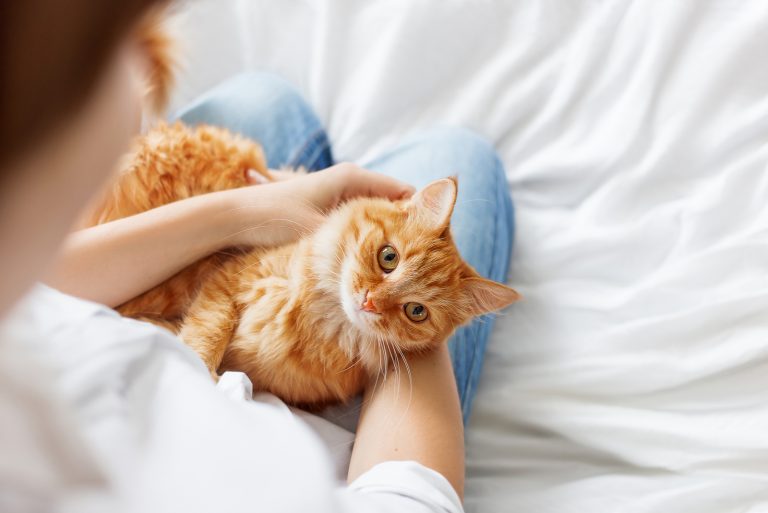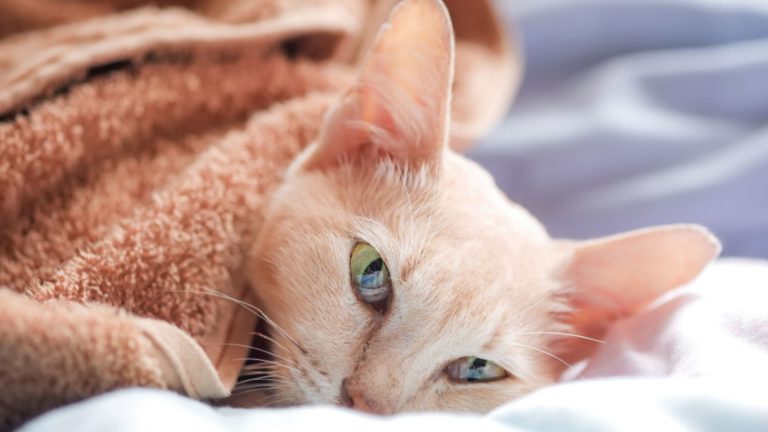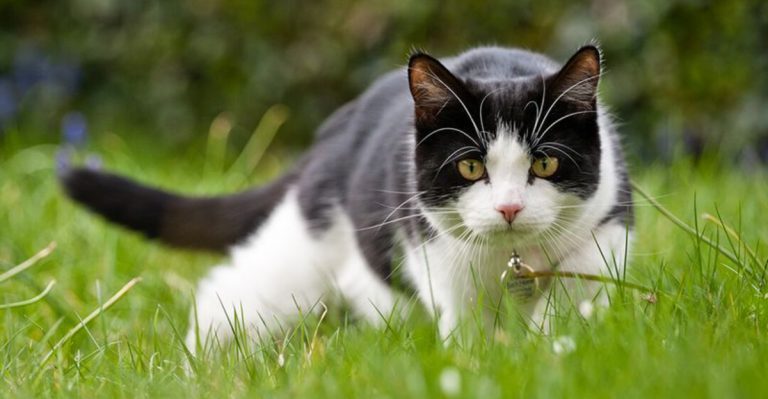This Is When Cats Stop Growing
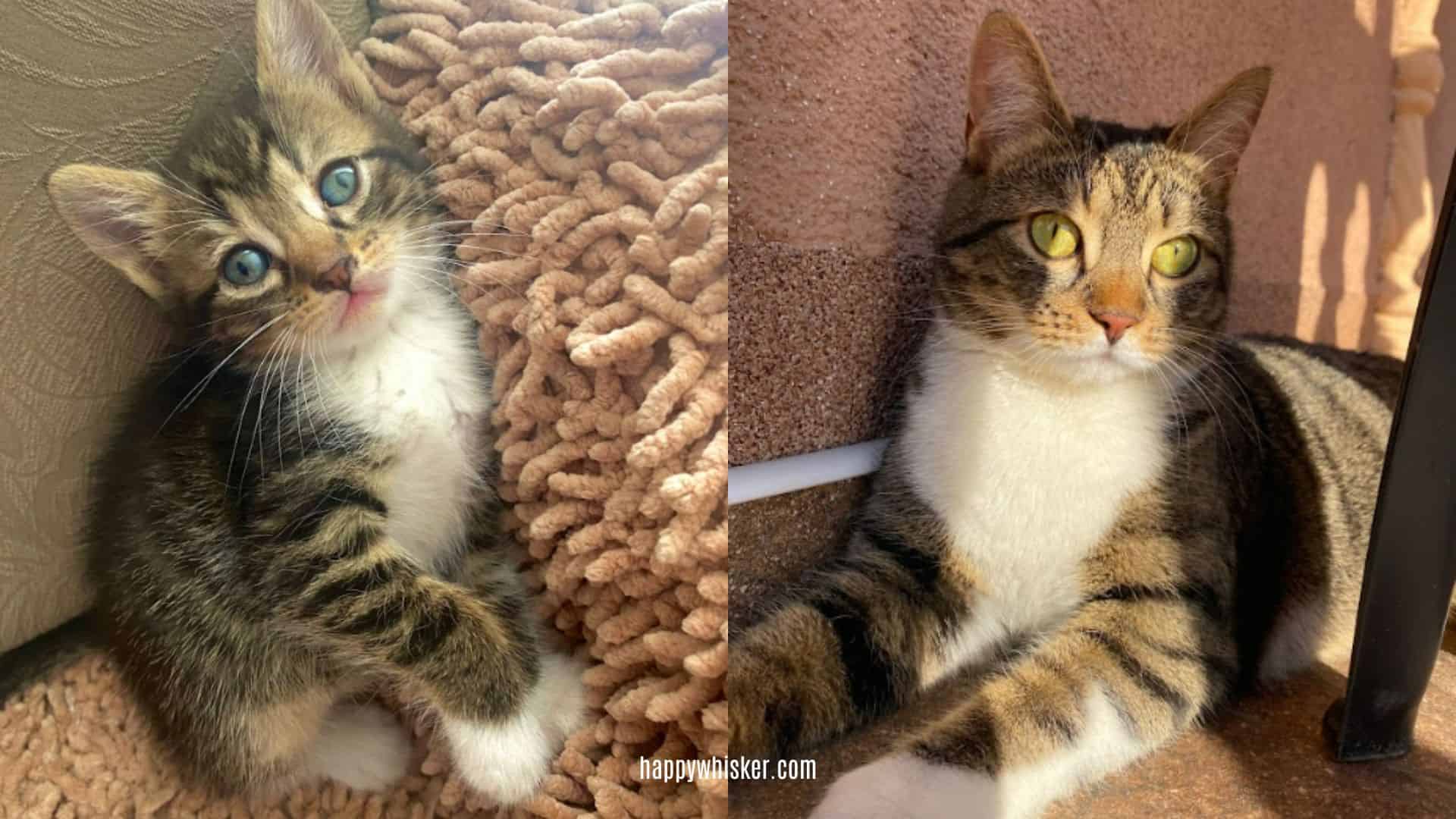
Ohh, I remember when my cats were young… They were so sweet, playful, and cuddly that I wished they stayed young and small fur-ever. Of course, I still love my cats now that they’re adults, but once they grow up they change both physically and mentally.
Having a young kitten and seeing it go through different cat life stages is a blessing, but it’s also challenging because that’s the period of training and socializing it.
So, if you have a young kitten now, you might be wondering when it will stop growing? Most kittens will reach their full size between 6-12 months old. But, you should know that it’s not that simple.
There are several factors that may affect your cat’s growing period, and I’d be happy to show them to you.
A Cat’s Size Depends On The Specific Breed Type
If you know anything about cats, then you should know that some cat breeds are smaller and some are bigger. With that being said, their breed type also affects when they will stop growing.
Smaller Cat Breeds
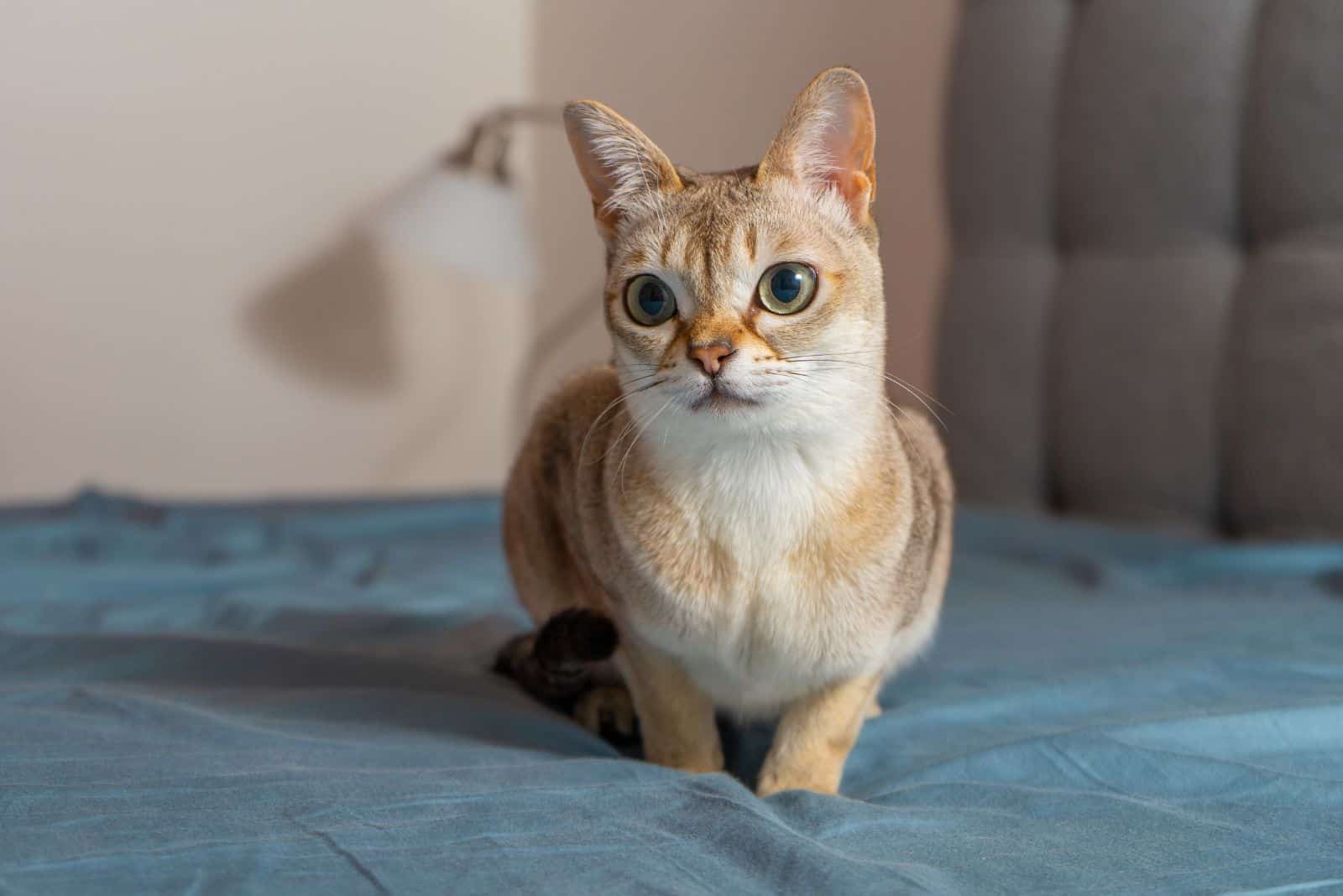
Most smaller cat breeds develop pretty quickly, reaching their full size sooner than some bigger breeds. Such breeds are:
• Singapura cat – this breed of cat is considered to be the smallest of the domesticated breeds. They only grow to around 6-8 inches.
• Cornish & Devon Rex – these two breeds are very similar, and when you compare them to some other, you can see that they’re smaller. They will stop growing when they reach 9-12 months.
• Munchkin – this breed of cat is characterized by short legs which makes them look like young kittens their whole lives. They reach their full size by the time they are 9-12 months old.
Bigger Cat Breeds
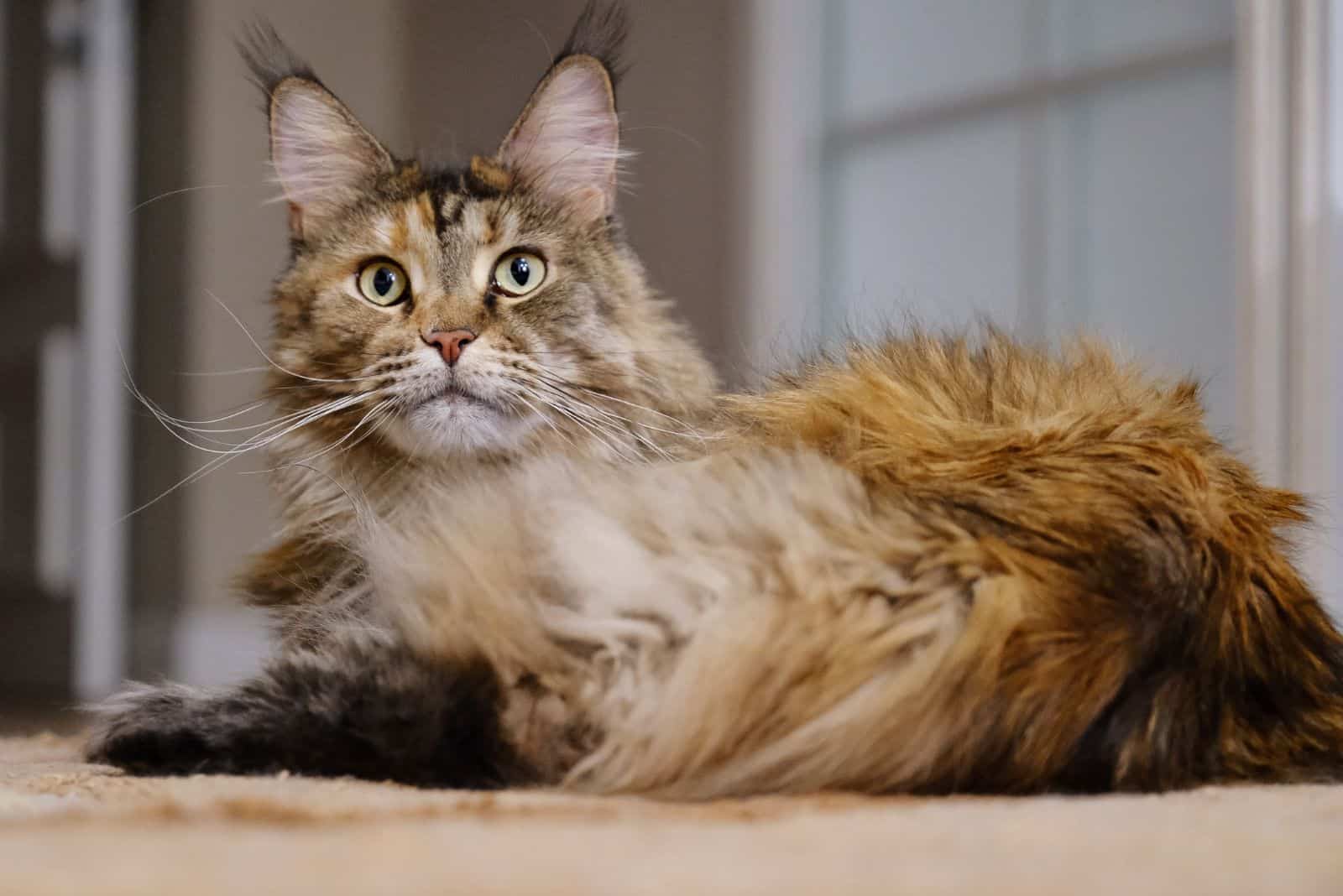
On the other hand, there are cat breeds that are naturally bigger. Most of these cats will also reach their full size around 6-12 months old, but some of them are exceptions.
For example, Maine Coon cats are one of the biggest cat breeds and it’s interesting that they only reach their full size only when they’re 4 years old. Amazing, isn’t it?
Some other bigger breeds that might take more time to reach their full size are:
• Ragdoll cat
• Siberian cat
• RagaMuffin cat
• Norwegian Forest cat
A Cat’s Size Depends On Its Gender
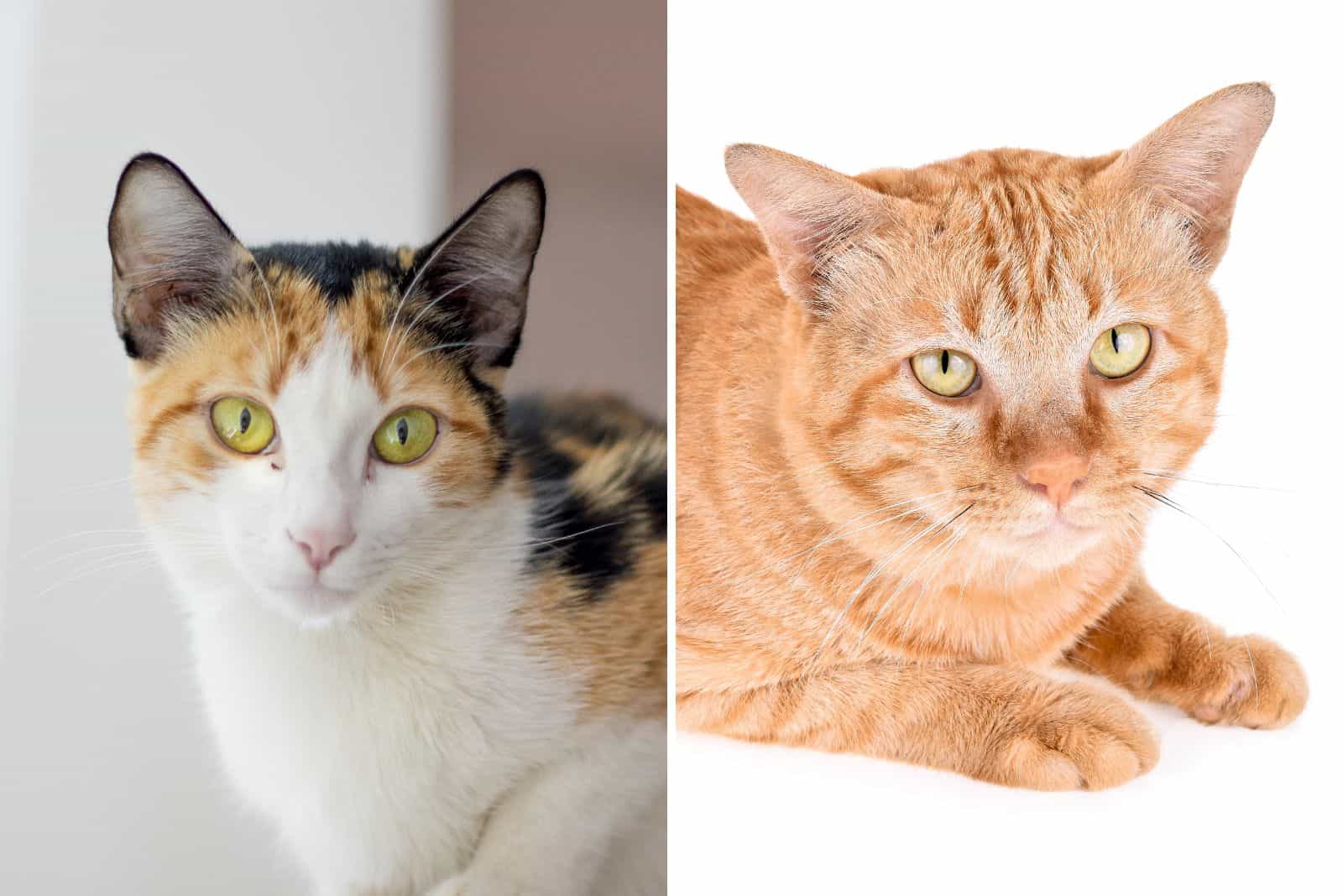
Gender is another factor that usually determines the cat’s size and when it will stop growing. The size difference between male and female cats is usually so obvious that you can tell their gender just by looking at their face.
Male cats are usually bigger and stronger, with big heads, chubby cheeks and emphasized whiskers, while females are smaller. Usually, male cats need more time to develop than female cats.
A Cat’s Size Depends On The Spaying And Neutering Procedures
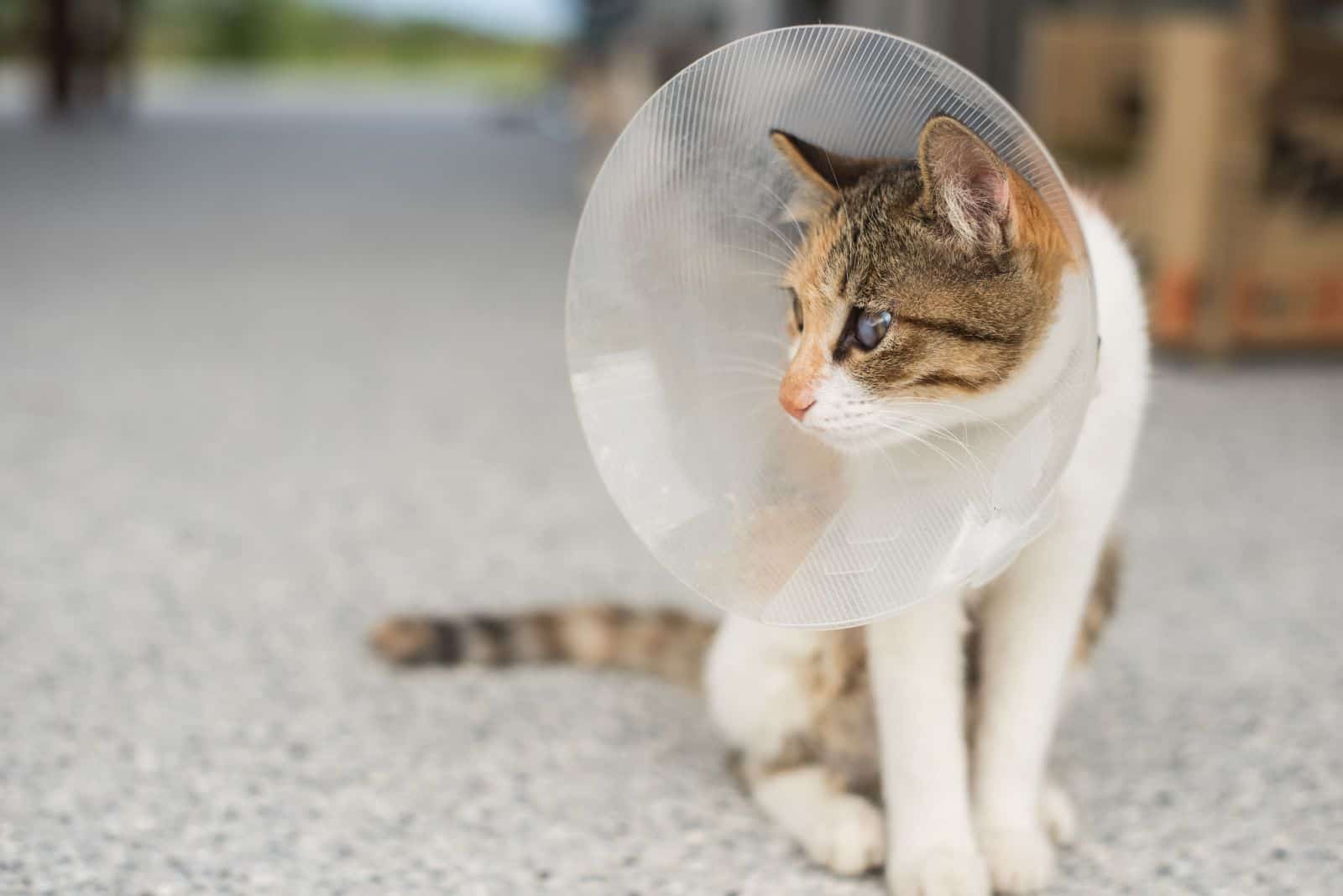
Did you know that spaying and neutering procedures can affect the cat’s growing period and their size? How is that possible?
Well, here’s how! It’s never too late to spay/neuter a cat, but if you ask me, the sooner the better. However, your cat may not fully develop if it’s spayed/neutered at a young age. This is especially visible in male cats.
The sex hormone testosterone, that male cats produce, allows them to develop strong bodies and muscles and to grow big. So, if you neuter your male cat before it fully develops or reaches sexual maturity, there’s a big chance that he’ll be smaller than unneutered males.
A Cat’s Size Depends On Its Nutrition
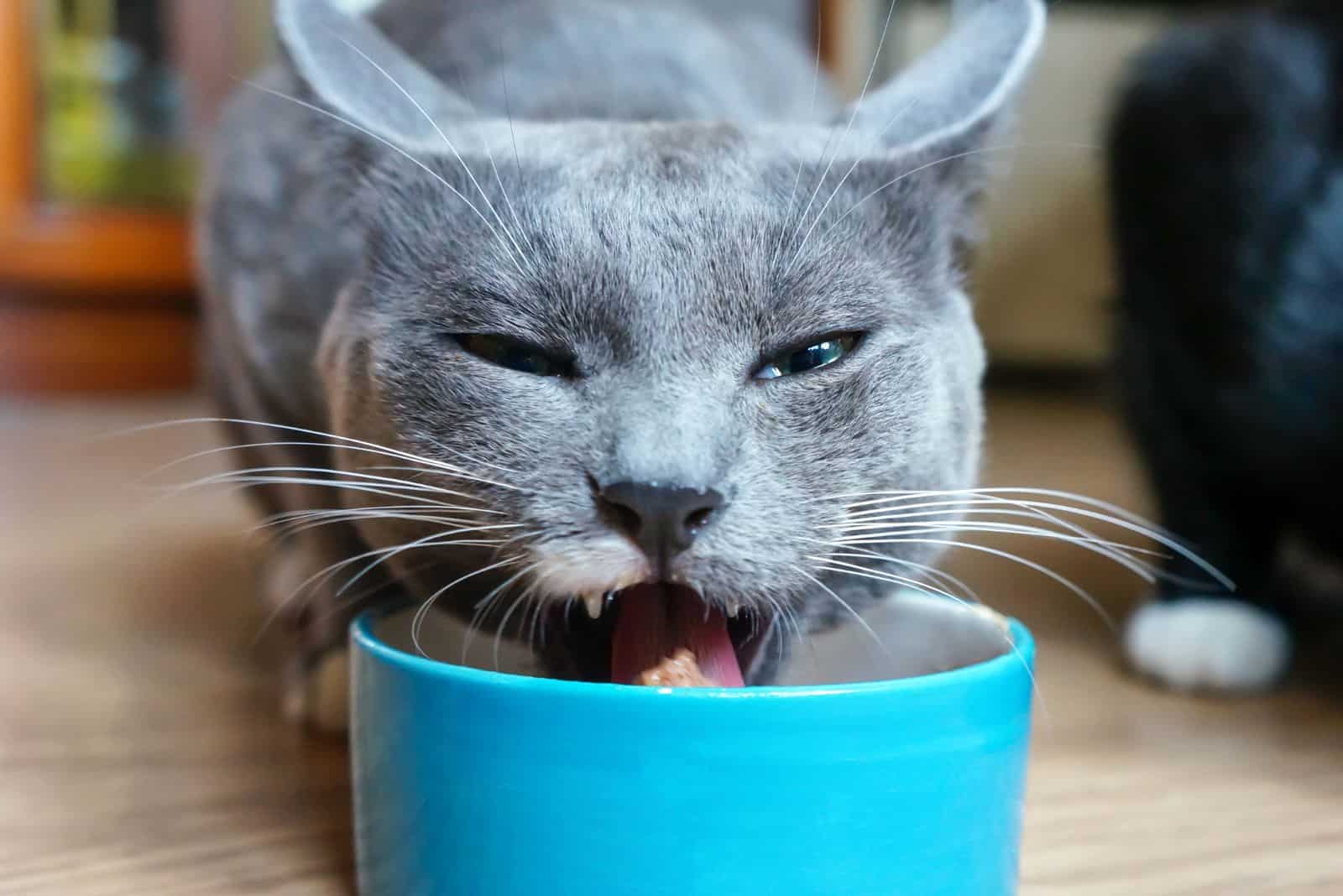
If you want your cat to grow big and healthy, then one of the most important things that you should pay attention to is their diet.
A cat’s diet should consist of real meat and animal protein. So, make sure you feed your cat top-quality cat food that is rich in nutritive ingredients and food that is suitable for their age.
Remember that it’s also essential to create a proper feeding schedule for your cat and to avoid giving it so many treats that may cause it to gain extra weight. To avoid such things, make sure you exercise your cat regularly so that it can be healthy and in great shape.
A friendly reminder: The previously mentioned factors usually affect the cat’s growth and size, but size also depends on every individual cat. Therefore, make sure you pay attention to each one of them so that you can provide your cat with the best and healthiest life!

